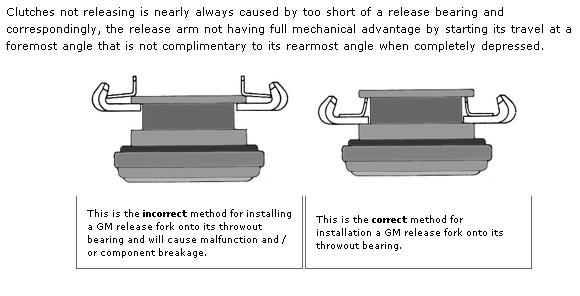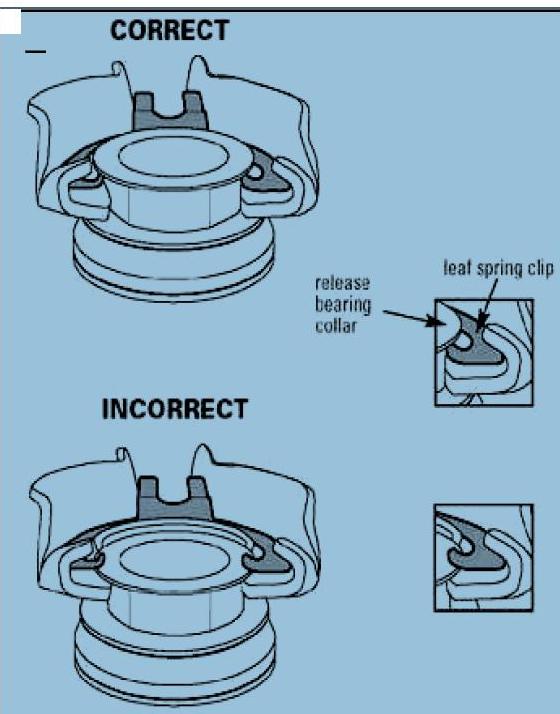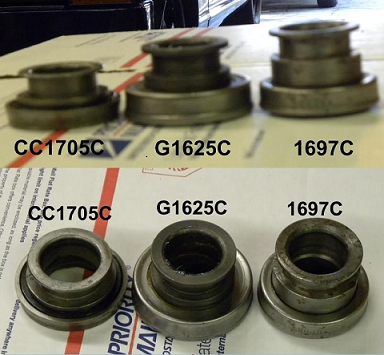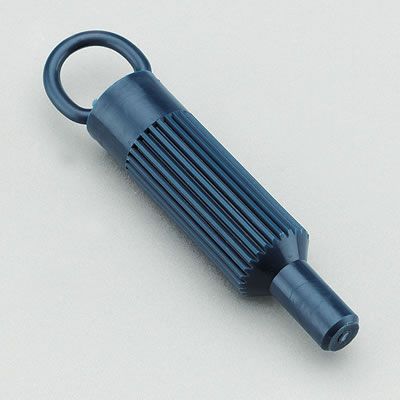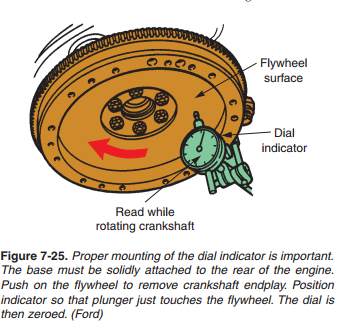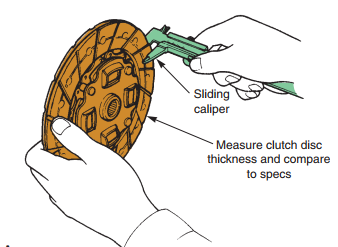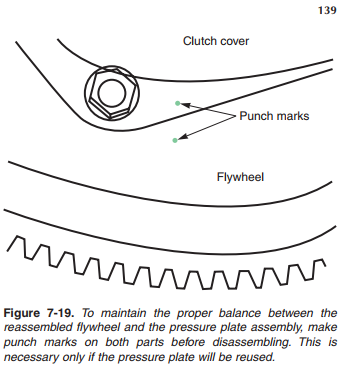mathd
solid fixture here in the forum
Hi,
I need some help there.. its a simple question but ohh well i spend the past 5 day trying to figure this out, as stupid as it can be i cant decide myself :/
I need a longer throw-out bearing for my clutch fork.
Summit list 3 input shaft diameter for the gen 1 350 sbc for a 80 camaro
one is for a 1.125 input shaft and the other is for a 1.375" and 1.378" input shaft diameter(measured the smooth outer colar to 1.375" on my trans).
Now what is the correct one? for a 4 speed borg warner?
Also what lenght should i use? they range from 1.288 to 1.3/4, i have about 1" 1/8 now, didnt measure accuratly.
Right now am looking at this one:
http://www.summitracing.com/parts/HAY-70-104/
But am totally unsure about the input shaft diameter and lenght.
Also, when i check on jegs for the same parts number they list a different input shaft diameter.. this leave me speechless.
I need some help there.. its a simple question but ohh well i spend the past 5 day trying to figure this out, as stupid as it can be i cant decide myself :/
I need a longer throw-out bearing for my clutch fork.
Summit list 3 input shaft diameter for the gen 1 350 sbc for a 80 camaro
one is for a 1.125 input shaft and the other is for a 1.375" and 1.378" input shaft diameter(measured the smooth outer colar to 1.375" on my trans).
Now what is the correct one? for a 4 speed borg warner?
Also what lenght should i use? they range from 1.288 to 1.3/4, i have about 1" 1/8 now, didnt measure accuratly.
Right now am looking at this one:
http://www.summitracing.com/parts/HAY-70-104/
But am totally unsure about the input shaft diameter and lenght.
Also, when i check on jegs for the same parts number they list a different input shaft diameter.. this leave me speechless.


